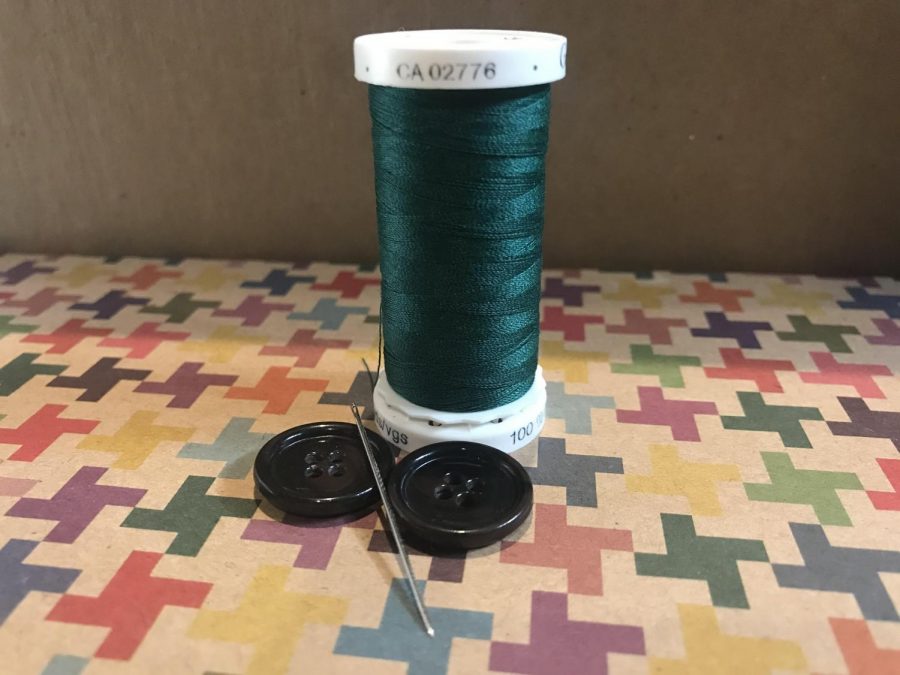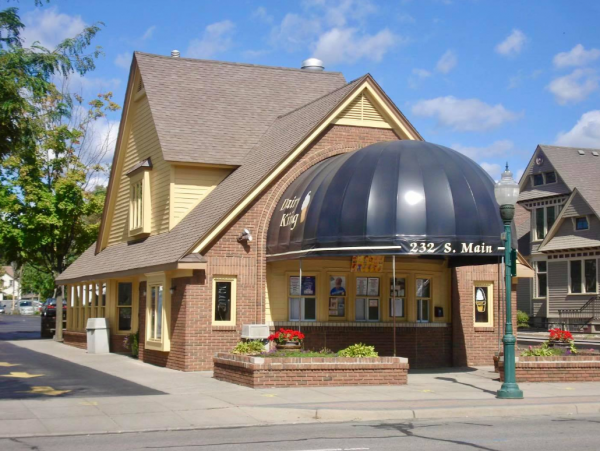Corsetry Misconceptions
Some sewing supplies.
November 30, 2020
People have many misconceptions about corsetry, and they have had these misconceptions for decades, that corsets are bad and will cause damage to the body. None of that is true.
Anna Byrnes, a West Middle School student, said, “I would think if you laced them too tight it could cause bruising.” This is true, but this is where people usually get confused. There is a difference between corsetry as a form of daily-wear and tight lacing. Tight lacing can cause damage to your body and will weaken your muscles, but people tend to blame that onto the corsets themselves, claiming that all corsetry is inherently bad.
The misconceptions all started back in the Victorian era when the women’s rights movement really started to get more attention.
The opposers of the movement took any chance they could get to take women down. The fashion world back then was practically run by women. Fashion was one of the few ways a woman could express herself, so obviously, men would target and ridicule their wardrobe choices.
It wasn’t truly until the second half of the 19th century that the debate of corsets really came into play when medicine started improving. There were claims that corsetry caused tuberculosis, cancer, cutting the liver in half, misplacing ribs, and bad behavior. There is little to no scientific proof of corsets causing any of this to actually happen to the body. Female skeletons would be deformed if such claims were true, but there are no cases of this being true.
A very little amount of women actually ever tightened their corsets to such a degree to cause health problems because they had places to be and things to do.










Emily Dancy • Jan 13, 2021 at 8:23 am
fun fact did you know that part of the reason that men thought women were too delicate to do anything was partly due to corsets? yup, it’s true! some women would lace em’ up and dance all night then faint in their sweethearts arms. Now this was mostly due to some women laceing then too tight. but part of the reason they did this was because a man wouldn’t marry a women that didn’t have a tiny as heck waist.
Cooper • Dec 1, 2020 at 8:34 am
Great article! Thanks for informing me about the topic.
Addison • Dec 1, 2020 at 8:33 am
I agree; if you lace them too tight then it could cause problems. But otherwise, they are okay to wear.
Drew Deledda • Dec 1, 2020 at 8:33 am
Nice job Zoey.
Annabel • Dec 1, 2020 at 8:33 am
Great article!
Alex Wassel • Dec 1, 2020 at 8:32 am
WOW!! I have never heard of any of this before!
Avarielle Spuller • Dec 1, 2020 at 8:32 am
I really like this topic and you just really did a very good job on it.
Mackenzie D. • Dec 1, 2020 at 8:32 am
Nice Article!